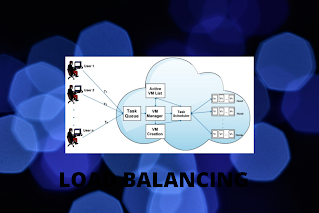CLOUD BIGTABLE (https://cloud.google.com/bigtable/docs/overview) is a sparsely populated table that can scale to billions of rows and thousands of columns, enabling you to store terabytes or even petabytes of data. As in Bigtable the data is stored in the rows and columns , so each value is entered in a single cell and is called row key.
Basically this Cloud Bigtable can be used for map-reducing operations or we can for analysis purposes.
Also, the value that can be entered in a single cell must not be larger than 10 MB.
Following are the types of data that can be stored and can be queried:
- Time-series data: These are the type of data that includes the CPU and memory usage over time for multiple servers.
- Marketing data: These are the data that includes what are the customer's preferences and the history what he had purchased earlier.
- Financial data: These are the data that includes mainly stock prices, transaction histories and currency exchange rates.
- Internet of Things data: These are the data that includes mainly your reports that how much amount of energy is consumed by the home appliances or office appliances.
- Graph data: These are the data that includes the information about how users are connected to one another.
CLOUD BIGTABLE ARCHITECTURE
The above figure shows the architecture of CLOUD BIGTABLE . In the above figure, there are some points to notice:
1) there are number of nodes that are actually a cluster of nodes that are called a Cloud Bigtable instance, that is a container for cluster.
2)All the requests coming from the client are sent to the Cloud Bigtable node but first have to pass through front end server.
3) A Cloud Bigtable is divided into the blocks of contiguous rows also known as tablets. These tablets are stored on colossus, Google's file system in SSTable format.
4) Along with the SSTable files, all writes are stored in Colossus's shared log as soon as they are acknowledged by Cloud Bigtable, providing increased durability.
5) Also, the data is never stored in Cloud Bigtable Node, each node has the pointers to the set of the tablets that are stored on colossus.
6) If by chance Cloud Bigtable node fails, then the data is not lost.





No comments:
Post a Comment
Please don't add any spam link in the comments.